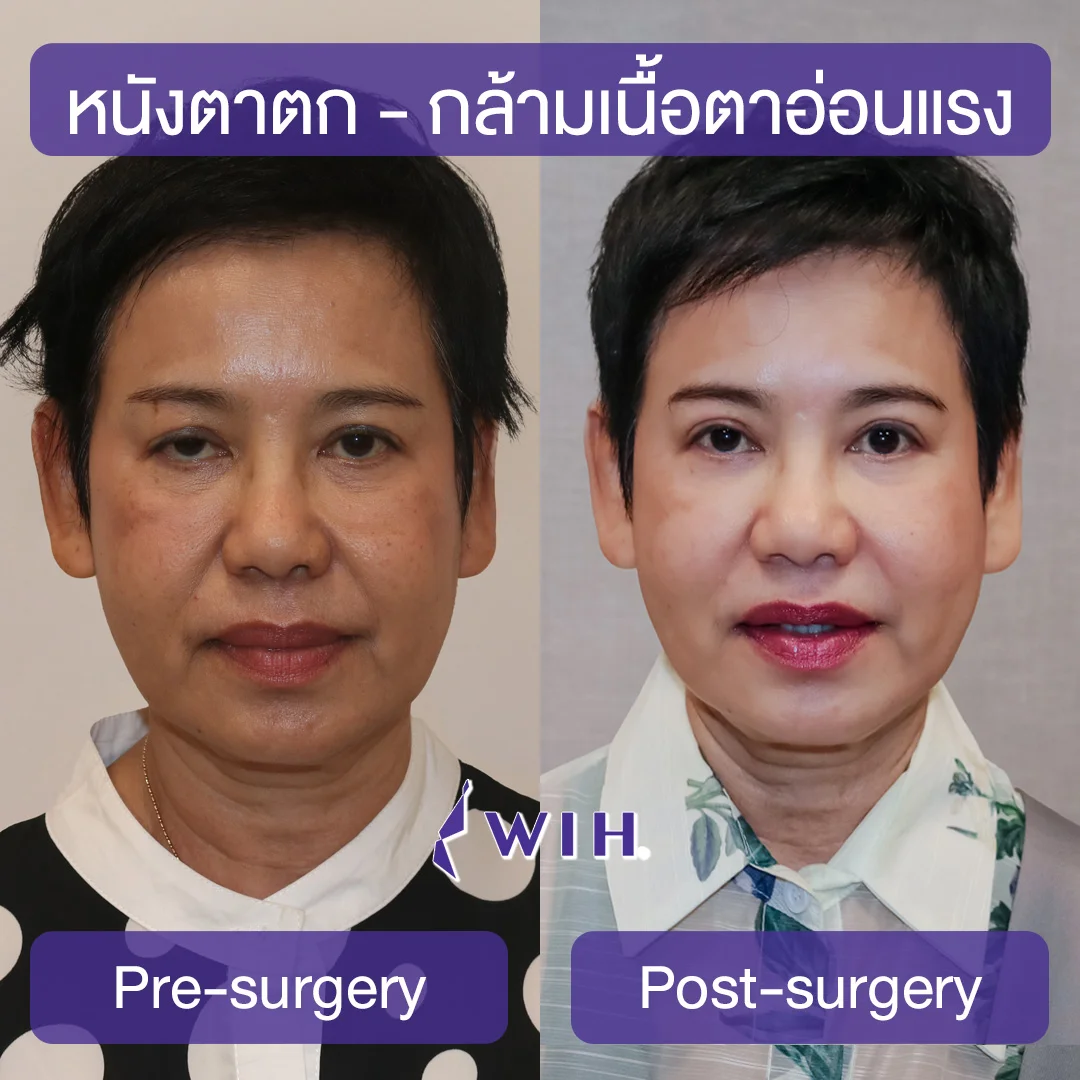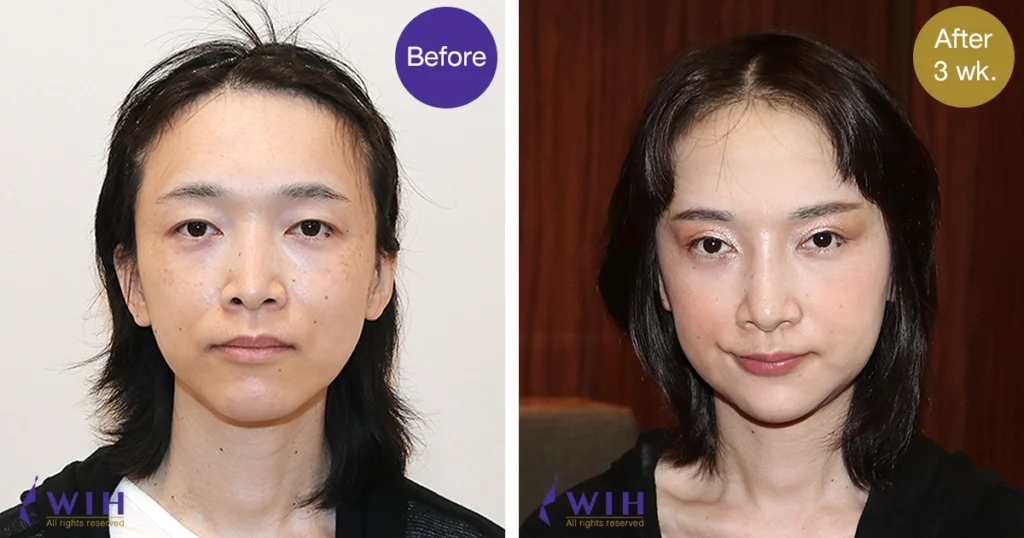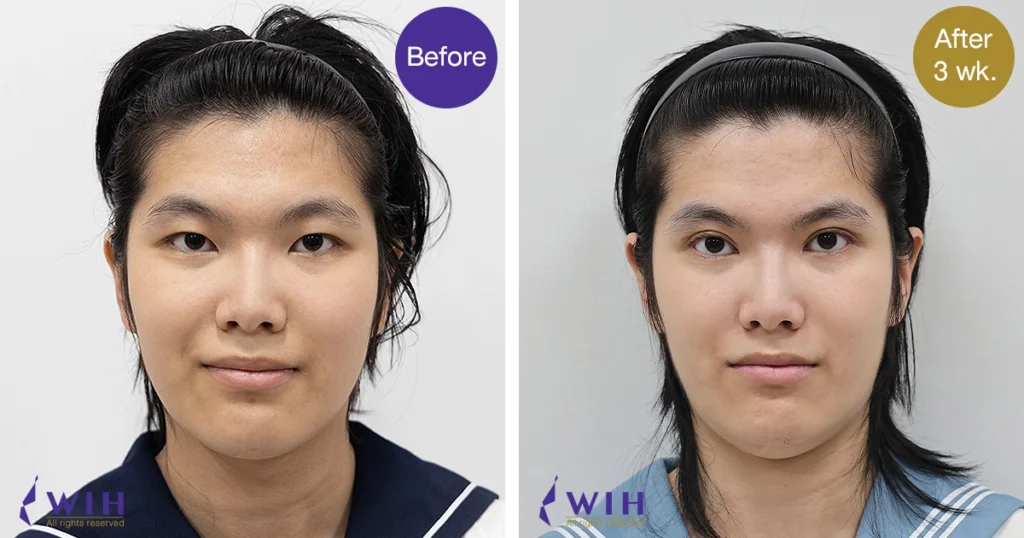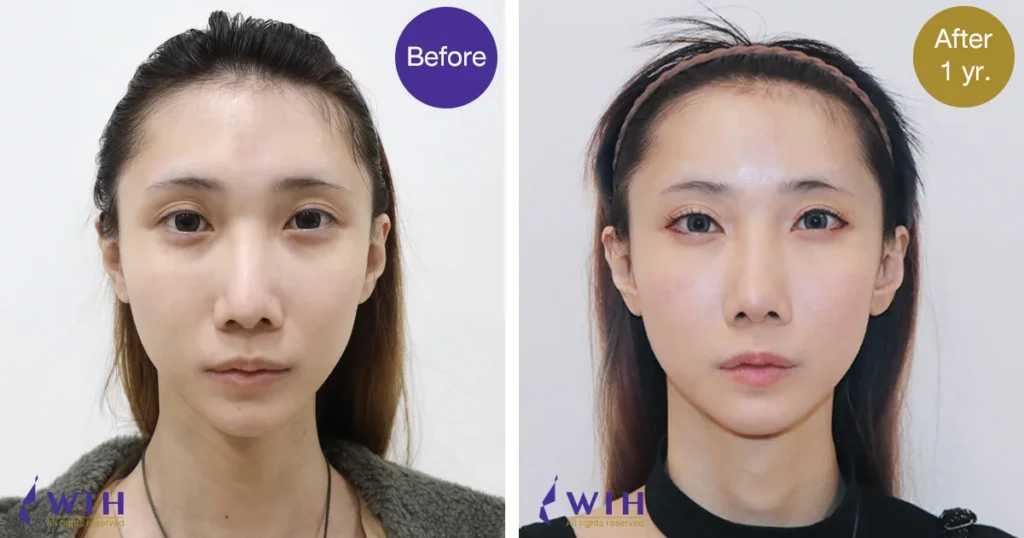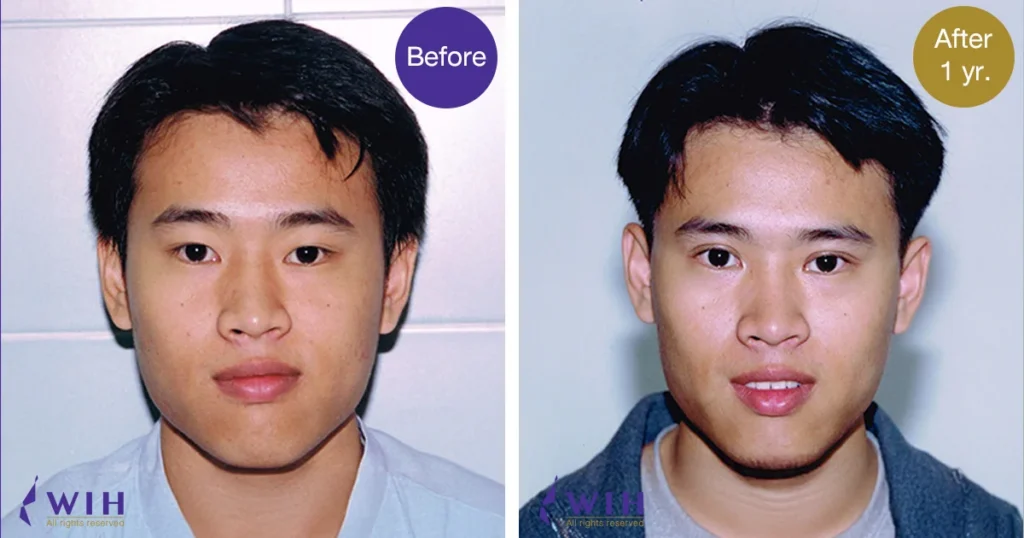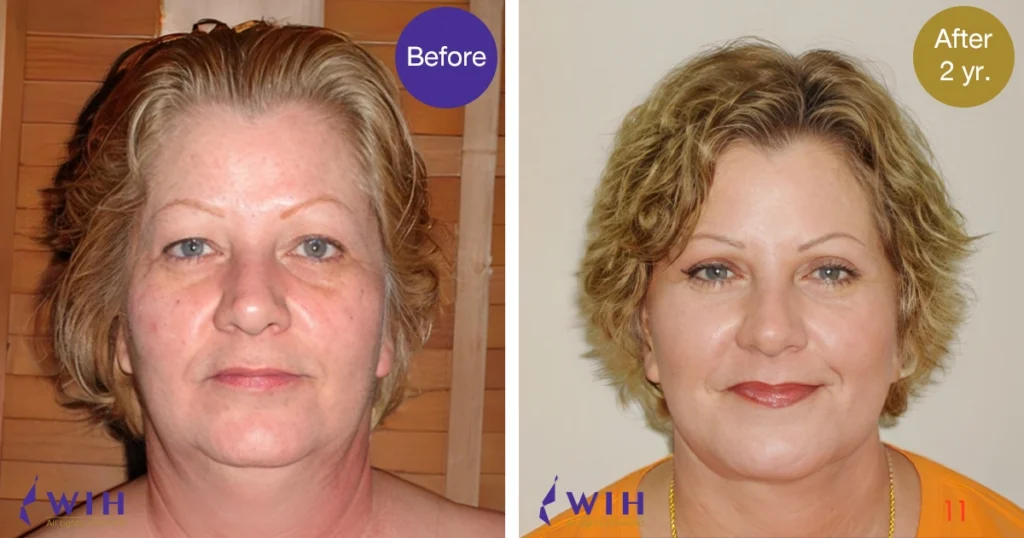Who Is a Good Candidate for Eyelid Surgery?
Double Eyelid Surgery:
Ideal for individuals who want a more defined eyelid crease, especially those with monolids or an unclear fold. Candidates should be in good overall health, have realistic expectations, and understand the potential risks. Specific techniques may require additional considerations such as eyelid thickness, excess skin/fat, and the desired outcome.
Upper Blepharoplasty (Upper Eyelid Surgery):
Recommended for healthy individuals with excess upper eyelid skin, puffiness, or sagging that affects appearance or vision. Non-smokers with realistic expectations are ideal candidates.
Lower Blepharoplasty (Under-Eye Bag Removal):
Suitable for those in good health who have under-eye bags, excess lower eyelid skin, or fine wrinkles. Candidates should be non-smokers and have realistic expectations regarding results.
Epicanthoplasty (Inner Corner Eye Surgery):
Best for individuals with prominent inner epicanthal folds who want to enlarge and open up the appearance of their eyes. This procedure is often combined with double eyelid surgery. Good overall health and realistic expectations are essential.
Ptosis Correction (Droopy Eyelid Repair):
Recommended for individuals with upper eyelid drooping that affects vision or appearance, whether congenital or acquired. Candidates should be in good health. The specific surgical approach will depend on the severity and cause of ptosis, as well as the strength of the levator muscle.



